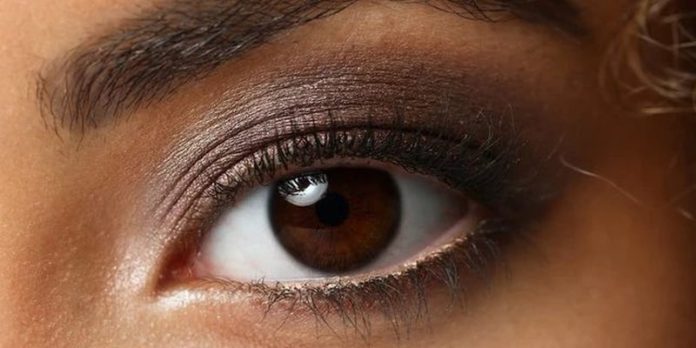The longer your eyes are exposed to light, the more melanin pigments your irises produce.
Naturally, eye colour change is due to the level of melanin in the body.
Ever noticed how a baby’s eyes sparkle, as does its skin?
Well, the ever-enlarging database of science has added to its collection the reason why this glow soon fades as the baby grows up.
The low level of melanin in a baby is the cause; consequently, when a child starts growing, chances are the child will be exposed to sunlight, which enlarges the melanin levels in the body.
Thus changing the colour of the body parts, including the eyes.
With this in mind, it becomes easy to understand that the longer your eyes are exposed to light, the more melanin pigments your irises produce.
However, it is important to note that genetics is also a major factor in influencing the skin, eye, and hair color.
So regardless of how much or little light exposure you have, your genes determine how light or dark is the nature of your eye colour.
Causes of eye colour change:
1. Sun exposure
As previously mentioned, exposure to light causes your body to produce more melanin.
Even if your eye colour has set, there is every possibility for further change upon exposure to more sunlight. And this could lead to a darker shade of brown, blue, green, or gray, depending on your current eye colour.
Sunlight can also reveal colours that were already in your eyes. And since natural sunlight is often brighter than artificial lights, exposure to it might allow you to see colours in your irises that you couldn’t recognize before.
2. Changes in pupil size
As unbelievable as it sounds, our pupils’ size can also cause our eyes to change colour. When your pupils shrink or dilate, the colour of your eyes may seem to change.
For example, if your pupils widen, not as much of your irises are exposed, and the remaining irises will look darker.
3. Heterochromia
You know there’s a possibility that you’ve developed heterochromia, which is a rare condition, when your eyes changes colour significantly.
Nevertheless, heterochromia refers to a condition where each iris has a different colour.
While partial heterochromia is said to be happening when parts of your irises have different colours. One corner might look green while the rest of the iris looks blue.
Also included is central heterochromia, which refers to a condition where your iris has two different coloured rings.
However, you can acquire heterochromia as an adult from:
- Eye surgery
- Eye bleeding
- Eye swelling
- Eye injury
4. Tumors in the iris
However, studies have shown that some of these causes can have adverse effects on your ocular and overall health.
If you’ve noticed a drastic change in your eye color as an adult, you may need to see an ophthalmologist or optometrist to rule out any possible health risks.
Be that as it may, it is important to note that a variety of external factors, combined with your genetics, are what determines the colour of your eye at any point in time.
And unless you’ve noticed a drastic sudden change in your eye colour, you have no need to worry. But in cases where the eye colour changes drastically and suddenly, it could be a sign of a serious illness.

